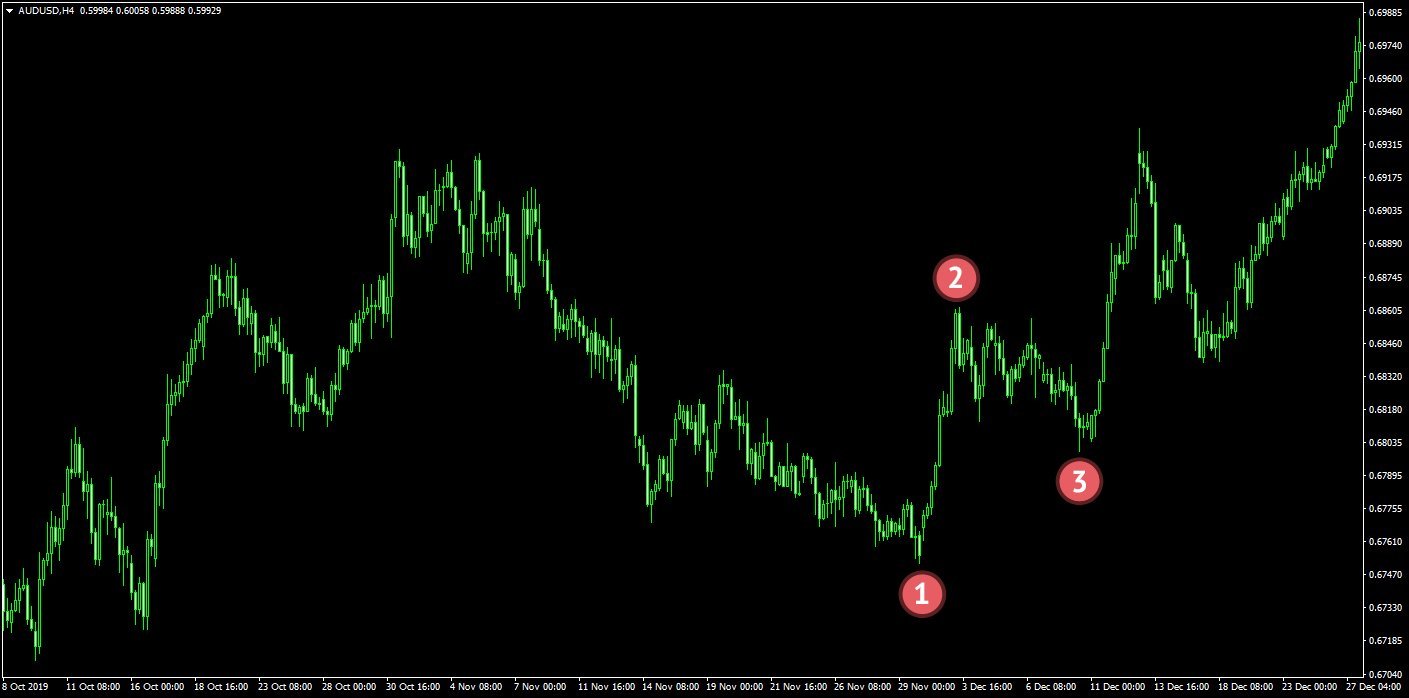Forex. Trend reversal indicators

Trend reversals in the Forex market are critical moments that can lead to both profits and losses for traders. Utilizing indicators to identify these reversals is an essential aspect of effective trading.
One of the primary ways indicators influence trend reversals is by providing signals regarding potential changes in price direction. Key indicators such as the Moving Average Convergence Divergence (MACD), the Relative Strength Index (RSI), and the Stochastic Oscillator deliver signals through line crossovers or specific threshold levels, indicating whether the market is overbought or oversold.
Indicators also play a significant role in confirming reversal signals derived from other sources, such as key price levels or candlestick formations. For example, if the price reaches a support level while the RSI indicates that the market is oversold, this could enhance the likelihood of an upward reversal.
Furthermore, indicators help traders gauge the strength and duration of a new trend following a reversal. Volume indicators can indicate whether trading volumes are increasing or decreasing during a new trend, signaling its potential sustainability or weakness.
Some indicators can assist traders in avoiding false reversal signals. For instance, employing multiple indicators together, such as combining MACD and Stochastic Oscillator readings, and awaiting confirmation from both can reduce the risk of entering a position based on misleading signals.
Additionally, indicators can help traders identify optimal exit points in the event of a trend reversal. If indicators begin to show that the market is transitioning into overbought or oversold territory, this may serve as a cue to close a position and secure profits.
In summary, indicators are vital tools for identifying and analyzing trend reversals in the Forex market. They provide critical signals about potential reversals, validate price movement directions, assess the strength and duration of new trends, warn against possible false signals, and assist in determining exit points.
However, it’s crucial to remember that no single indicator is perfect. Therefore, traders are encouraged to utilize a combination of indicators and conduct additional analysis to enhance the accuracy of their trading decisions. By integrating various analytical tools and maintaining a disciplined approach, traders can better navigate the complexities of the Forex market and make more informed trading choices. Ultimately, a well-rounded strategy that incorporates the insights provided by indicators will increase the likelihood of achieving success in this fast-paced trading environment.